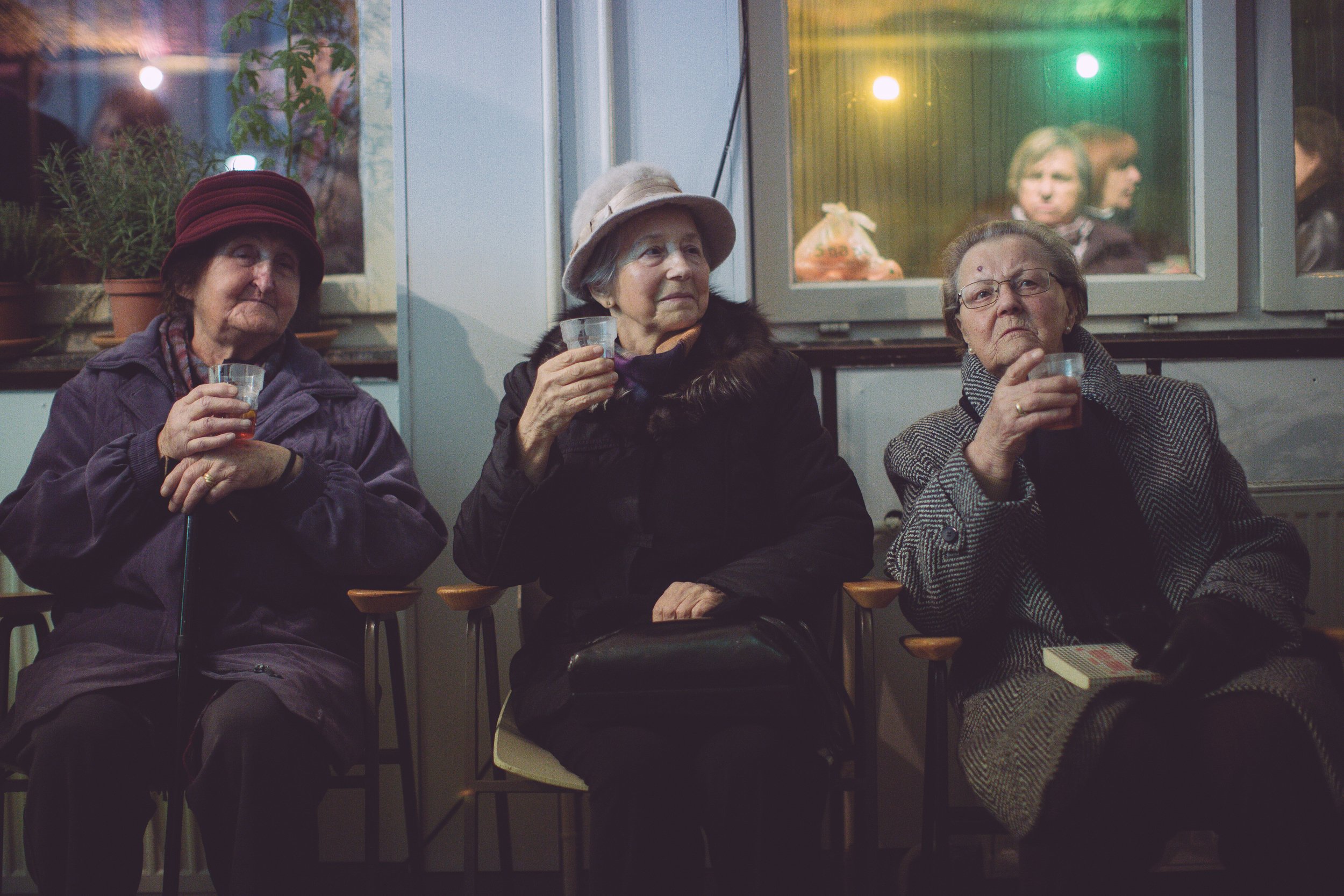Urban Strategies
Integrated Urban Renewal, Savsko naselje, Ljubljana
Pilot project for the regeneration of the oldest modernist neighbourhood in Ljubljana.
Savsko naselje was one of the first neighbourhoods built in Ljubljana after the Second World War. In the past few decades, the neighbourhood regressed in a social, spatial and economic sense. The public space was decaying, there was no sense of community, the crime rate was increasing, central municipal services have moved out of the neighbourhood, and the generational and social structure of the residents had changed. Public interactions were mainly limited to a competition for parking spaces, since the neighbourhood was built for 500 cars in 1961, while over 4,000 of them were parked on the streets, sidewalks, playgrounds, and yards in 2013. Although the neighbourhood was well planned, renovations were needed to redefine the public space and adapt it to modern needs.
Given that Savsko naselje has faced challenges that go beyond spatial planning, we designed a renovation program that focused on both the community and the space. With small projects, events, and wide-ranging collaboration, we reached a wide circle of residents and discussed and planned the future of the neighbourhood together with them. Our objective: to strengthen the neighbourhood in various areas – economic, social, cultural, recreational, and spatial.
Strengthening the community
In 2013, an Integrated Urban Regeneration project in Savsko naselje was initiated by Department of Urban Planning of Municipality of Ljubljana. It was based on the inclusion of residents and linking together of different organizations. Through organized and spontaneous community meetings, we formed a programme for regeneration on several levels: social and cultural activities, sports, informal socialising, bottom-up spatial planning, and a traffic plan for the neighbourhood. In one of the empty bars, we opened an office for the neighbourhood, where we accepted initiatives from residents, and which could be rented free of charge by other local organizations and individuals. To inform about the activities, the local newspaper Savčan was established, which was received by every household in the neighbourhood, and which was initially co-edited by the residents. With the residents' assemblies, we opened a space for public debate and founded four different working groups. Every resident was able to get involved in areas that interested and excited them.






Participatory vision for public space
The long-term participatory process resulted in one of the first bottom-up spatial visions in Ljubljana. Within the working group for public space, which included interested residents, students of two architectural schools and experts in the field of spatial planning, we prepared the Vision for public space of the neighbourhood, which combined proposals and initiatives for public space of Savsko naselje, and made improvements in public space.
Community Centre – Communal Living Room
Many of the conversations we had with the residents were focused on common spaces of the neighbourhood. In the past, all local associations were based in the local community centre, where residents also socialized informally. For a long time, the residents drew attention to the community centre, which is the only community building in the neighbourhood, and to the empty space on the ground floor of the building. In agreement with the City of Ljubljana, we managed to acquire the space and renovate it with minimal resources. The space now has a dual function: it acts as a Library of Things, where residents can borrow a variety of items for sports, play, household, or travel. In addition, it hosts various non-profit activities, such as painting, sewing, carpentry and dance workshops, yoga classes, lectures, and various social events.


Savsko naselje, Ljubljana • Partners: residents of Savsko naselje, MHP, Saprabolt, Smetumet, Ljiljan, Olga Michalik, Aidan Cerar, Jošt Derlink, Irena Ostojič, City Municipality of Ljubljana, District of Bežigrad, Faculty of Architecture Ljubljana, Savsko naselje Primary School, Mladi rod Kindergarten, Rehabilitation Centre Soča, Regional Centre for Creative Economies, Regional Development Agency, Ljubljana City Library – Bežigrad unit, MAO/BIO50, Institute of Urban Planning Grenoble • Supporters: City Municipality of Ljubljana (2013 and 2014), Creative Europe programme, project Artizen, Košak Carpentry • Photo: Matjaž Tančič, David Lotrič • 2013 - 2016

